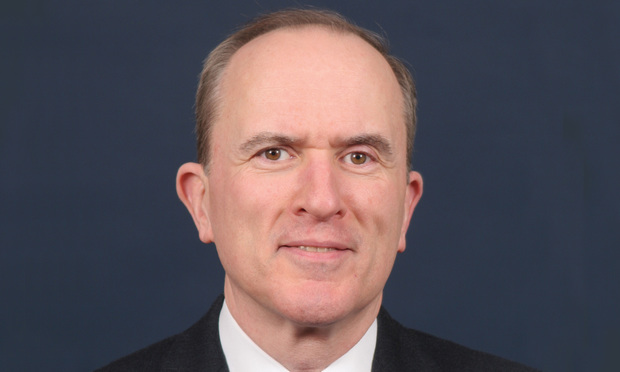In 2013, the New York State Legislature enacted and Gov. Andrew Cuomo signed into law the Nonprofit Revitalization Act1 (NRA), the most extensive set of revisions to the Not-for-Profit Corporation Law (NPCL) in more than 40 years. We summarized those revisions in an earlier Health Law column.2 While the NRA provided many needed improvements to the NPCL, it also created a few problems for not-for-profit organizations. The NRA was amended twice in 2015,3 among other things to extend to Jan. 1, 2017 the effective date of the prohibition on an employee serving as the chair of the board of directors of a not-for-profit corporation; to amend the definitions of “independent director,” “related party,” “key employee,” and other terms; and to clarify provisions related to approval of board member compensation, board quorums, board committees, and participation in board meetings where related party transactions are considered.
The 2015 amendments, while helpful, neither accomplished all of the NRA’s goals, nor resolved all of the obstacles to compliance by not-for-profit organizations with the NRA. Accordingly, the Legislature enacted more extensive revisions to the NRA, which were signed into law by Governor Cuomo on Nov. 28, 20164 (amendment).



